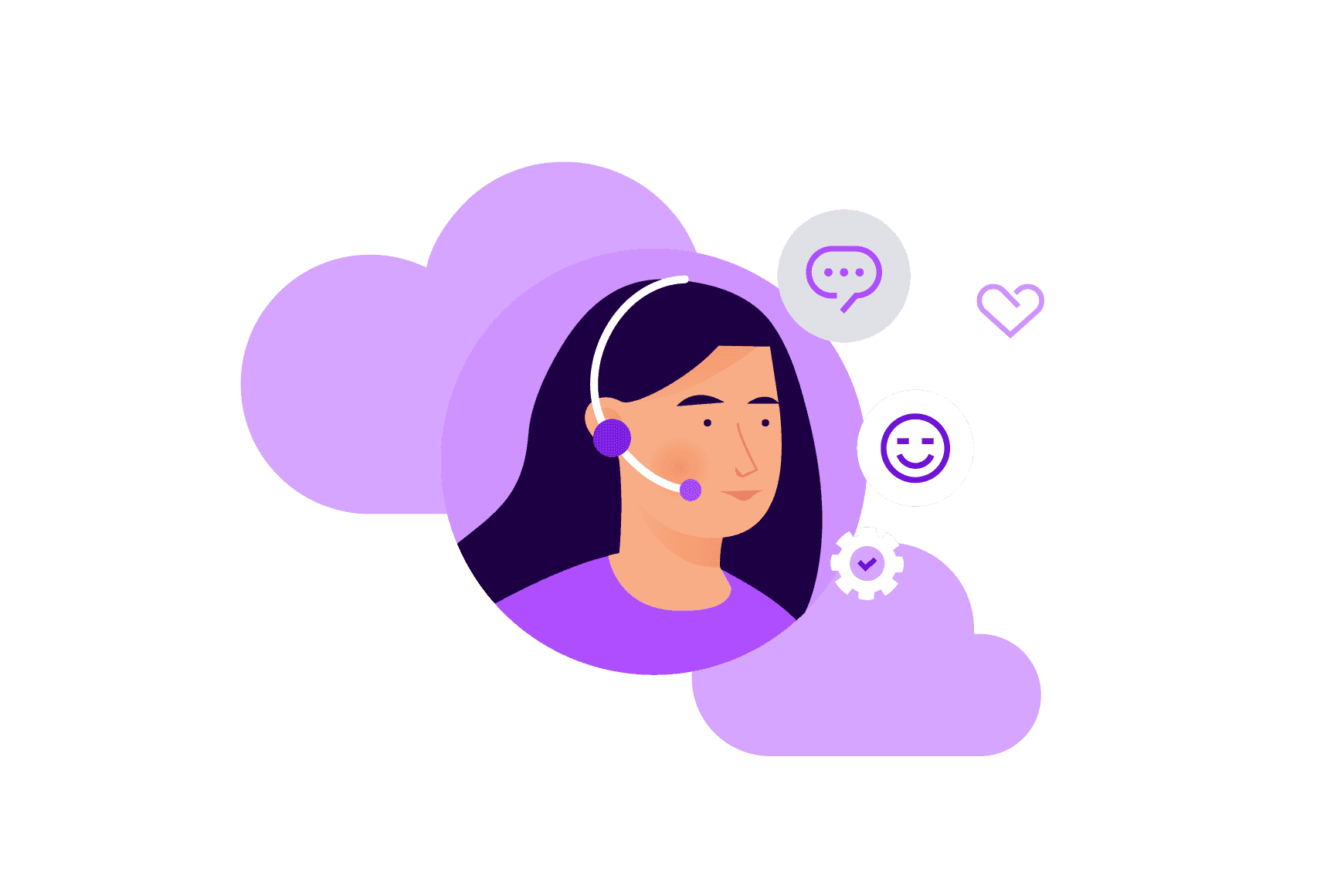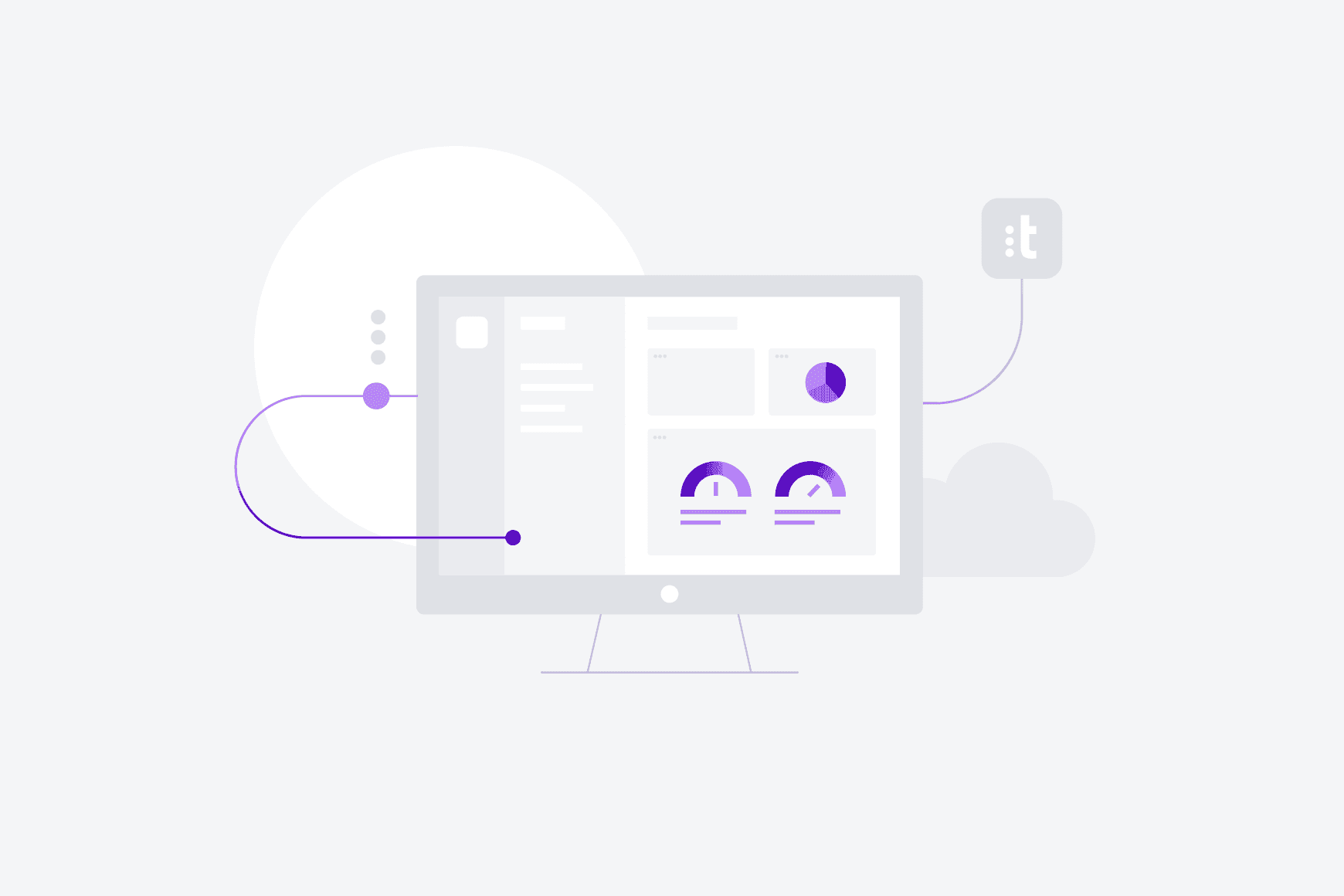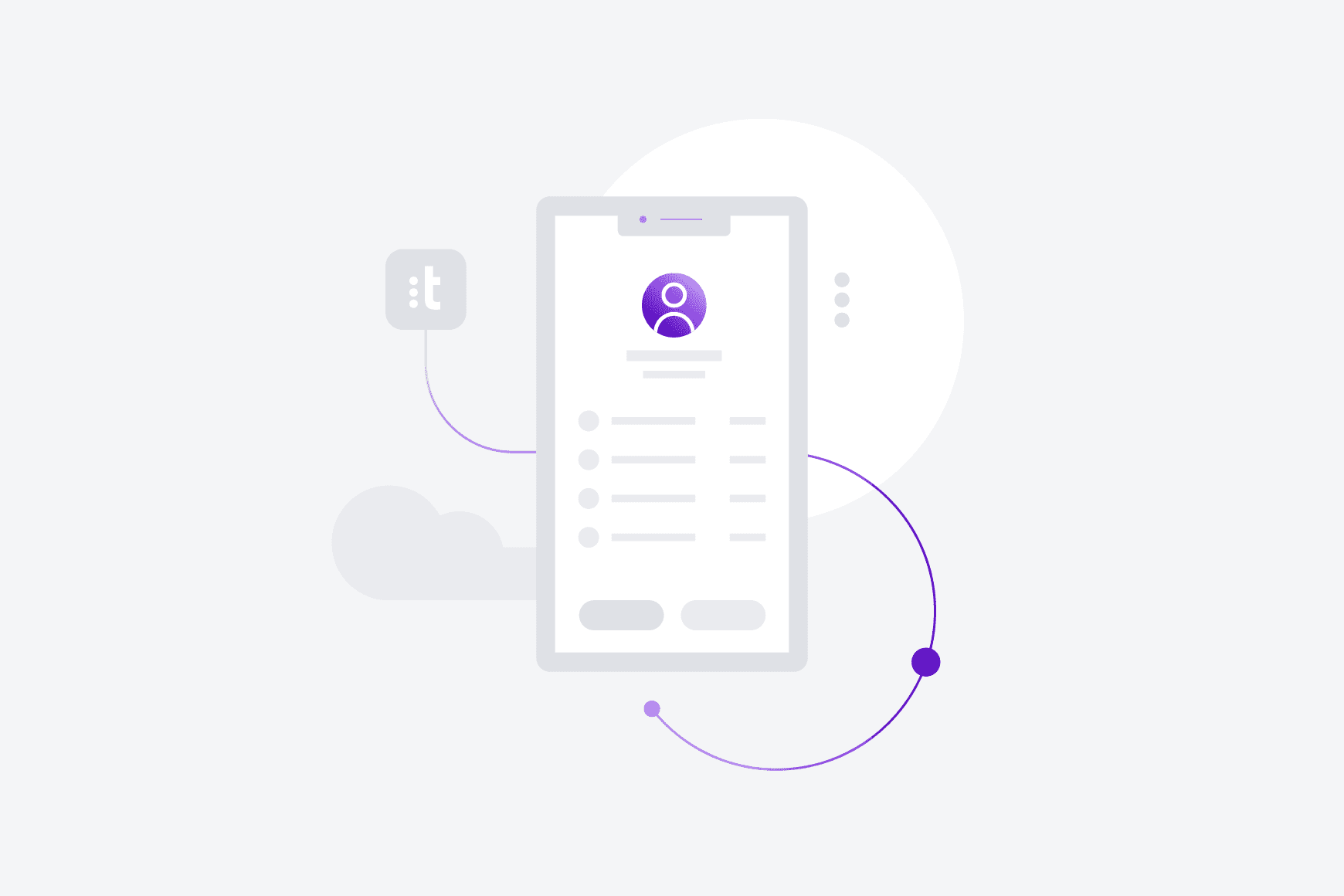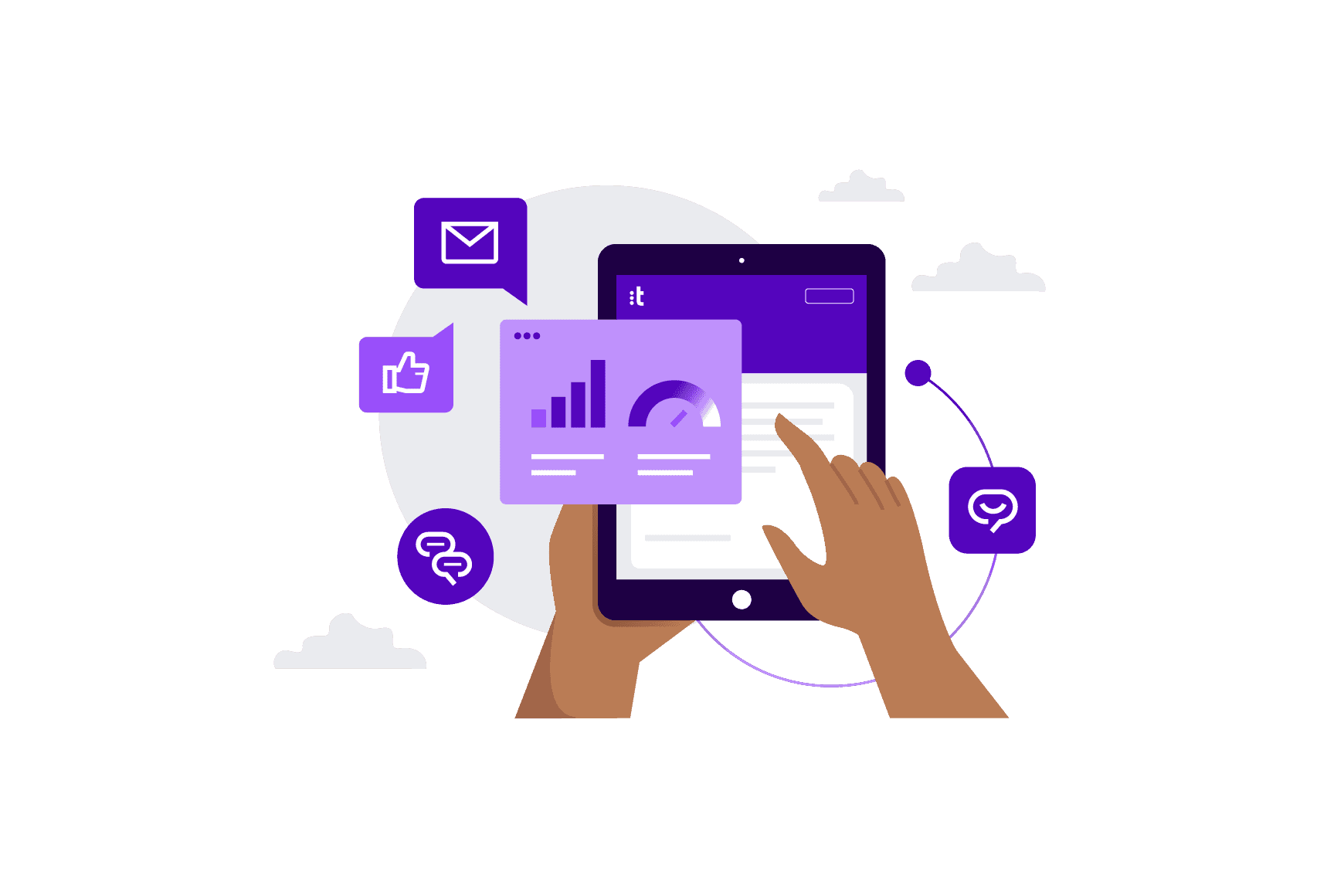Healthcare and Life Sciences
8 ways contact centers can simplify the COVID-19 vaccine administration process

Speeding the vial to vein process with the help of innovation and contact center technology
The COVID-19 vaccines are rolling out across the United States and the rest of the world. Healthcare providers are experiencing a record spike in call volumes as patients have questions about safety, efficacy, and logistics for receiving the vaccine. Currently, there are more appointments booked than vaccines available and healthcare providers are overwhelmed. Healthcare call centers are now the frontline of patient education and act as the first touchpoint in the vaccine administration process.
And while we are still learning about immunity to COVID-19, what we do know now is that healthcare call centers are not immune to the overlapping challenges of the third wave of positive cases and the vaccine administration race.

Challenges faced by organizations administering the COVID-19 vaccine
As the vaccine gets distributed, some of the challenges that call centers for health systems, clinics, retail pharmacies and other healthcare organizations (HCOs) are facing to ensure enough of the U.S. population is vaccinated include:
- Outreach and education. Ensuring appropriate prioritization, communicating the availability of vaccines and appointments. Educating patients on what to expect and combating misinformation.
- Increased call volume. Supporting high call volume with questions, requests for vaccine appointments balanced with agent staffing and patient experience.
- Completion rates and adverse reactions. Ensuring patients keep their appointments, take both doses of the vaccine, reduce exposure to COVID-19 during in-person appointments and report any adverse reactions.
Contrary to what one might think, these challenges were exposed and aggravated but not caused by the pandemic—they are deep-rooted in a disjointed healthcare delivery system as well as misalignment with the general principles of consumerism.
Healthcare providers are more conservative in their adoption of technology. While they may innovate, they do so on the back end. The consumer and patient experience has traditionally not been the top priority.
Health systems around the world should recognize the importance of innovations spurred by the pandemic. Stephen Klasko, MD. President and CEO of Jefferson Health (Philadelphia) told Becker Hospital Review that, “this is healthcare’s Amazon moment. If you are a provider and think you’re going to go back to your business model solely being based on hospital revenue and not relevant to people who want care at home, I think you will be out of business. If you’re an insurer and think you can just be the middleman between the hospital and the patient, you’ll be irrelevant. If hospitals believe that innovation can be just this cute little thing that they do in the background, but the real business is just getting heads in beds, they’re nuts. I think we were always wondering what the big disruption would be that got us to join the consumer revolution, and I think this is it.”
Now is the time for HCOs to shed their resistance to change and meet patient expectations for a seamless and harmonized care experience.

Simplify the vaccine administration process through innovations in the healthcare contact center
Administering the COVID-19 vaccine is a historical global undertaking. The implementation of new technological solutions at multiple levels can facilitate the proactive outreach and patient engagement that is needed to get the vaccine from vial to vein efficiently. Ideally, this process requires innovative end-to-end contact center capabilities based on eight core pillars:
- Outreach and education. Proactively reach out to patients on the channel of their choice to communicate vaccine availability and invite groups of patients to make appointments in priority order. An agentless-dialer can also help you expedite calls, text and email proactive notifications to follow-up with patients that haven’t responded or made appointments.
- Self-service. Clinically validated pathways through a self-service portal, digital virtual agent or voice virtual agent can streamline vaccination eligibility, appointment booking and other questions via either chat or voice call. Patients should be able to easily educate themselves via the HCO’s webpage dedicated to COVID-19 vaccine administration and check their eligibility.
- Agent intelligence and efficiency. Empower healthcare call center agents with intelligent guidance, suggesting next best actions to quickly resolve complex patient issues and recommend non-COVID relevant treatments, such as cancer screening and elective surgeries. Agents can help patients review eligibility criteria and book appointments.
- Appointment management. Set appointment reminders, confirmations and no-show follow-up notifications. The right appointment management capabilities should allow you to ensure patient follow-through, pre-appointment preparation, information collection and virtual check-in, ensuring both doses of the vaccine are scheduled and completed.
- Workforce management. A modern, cloud-native workforce management solution can help you forecast demand, manage and optimize agent scheduling and maximize utilization. Have the right people in place, at the right time, servicing the right channels—so you can give your patients the best possible experience while keeping your staffing costs in check.
- EHR integration. Provide powerful pre-built integrations into the rest of your healthcare service technology stack, including leading EHR, CRMs or help desk platforms. Prioritize integrations that can empower you with unified analytics, automated workflows and 360-degree patient context.
- Surveys. Implement surveys to identify and monitor adverse reactions to the vaccine. Also, understand your patients’ sentiment after every interaction through feedback surveys aimed at improving patient satisfaction scores.
- Reporting. Rely on real-time contact center analytics and insights for data-driven patient support that empowers you to decide and act with confidence, creating better patient outcomes. Leverage real-time agent performance dashboards and business intelligence tools to increase operational efficiency.
Contact center technology can have a real impact on driving change in healthcare, notably around the patient, family and clinician experience. I’m honored to be part of an organization doing its part in trying to solve the challenge of a lifetime.
At Talkdesk, we are reimagining the patient experience alongside all the providers working so hard to get our healthcare system back to normal. To help ease the burden, Talkdesk COVID-19 Vaccine Administration Solution is free for six months for provider organizations and retail pharmacies administering the vaccine. Our contact center as a service (CCaaS) platform is rapidly deployable—recently, we have deployed a Fortune 100 healthcare company within hours—highly customizable and safe to set up. Reach out to us so we can start addressing the challenges of your contact center immediately.

![[object Object]](/_next/image/?url=https%3A%2F%2Fcms.talkdeskqa.com%2Fapp%2Fthemes%2Ftalkdesk-com%2Fassets%2Fimages%2Flogos%2F&w=3840&q=50)



